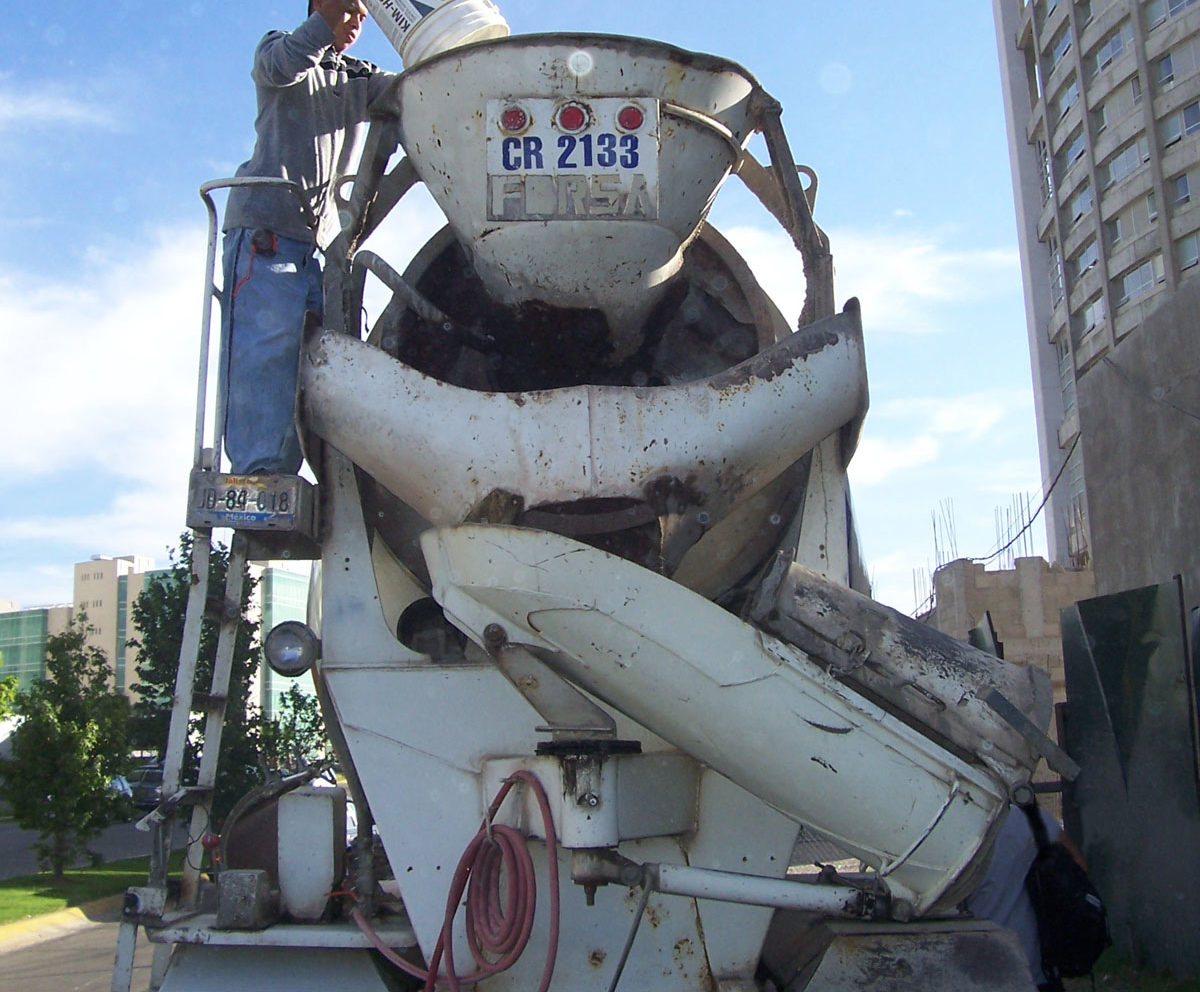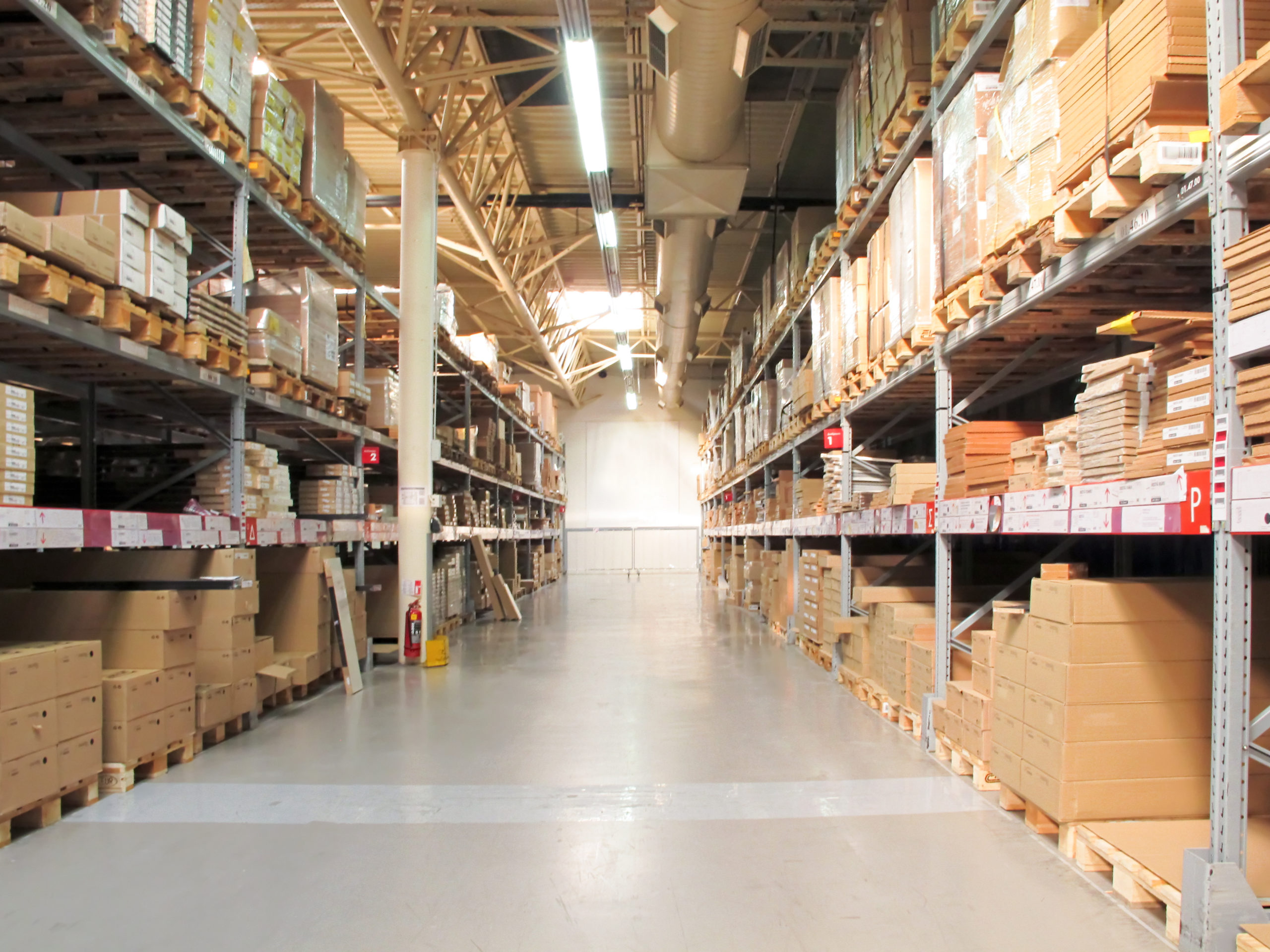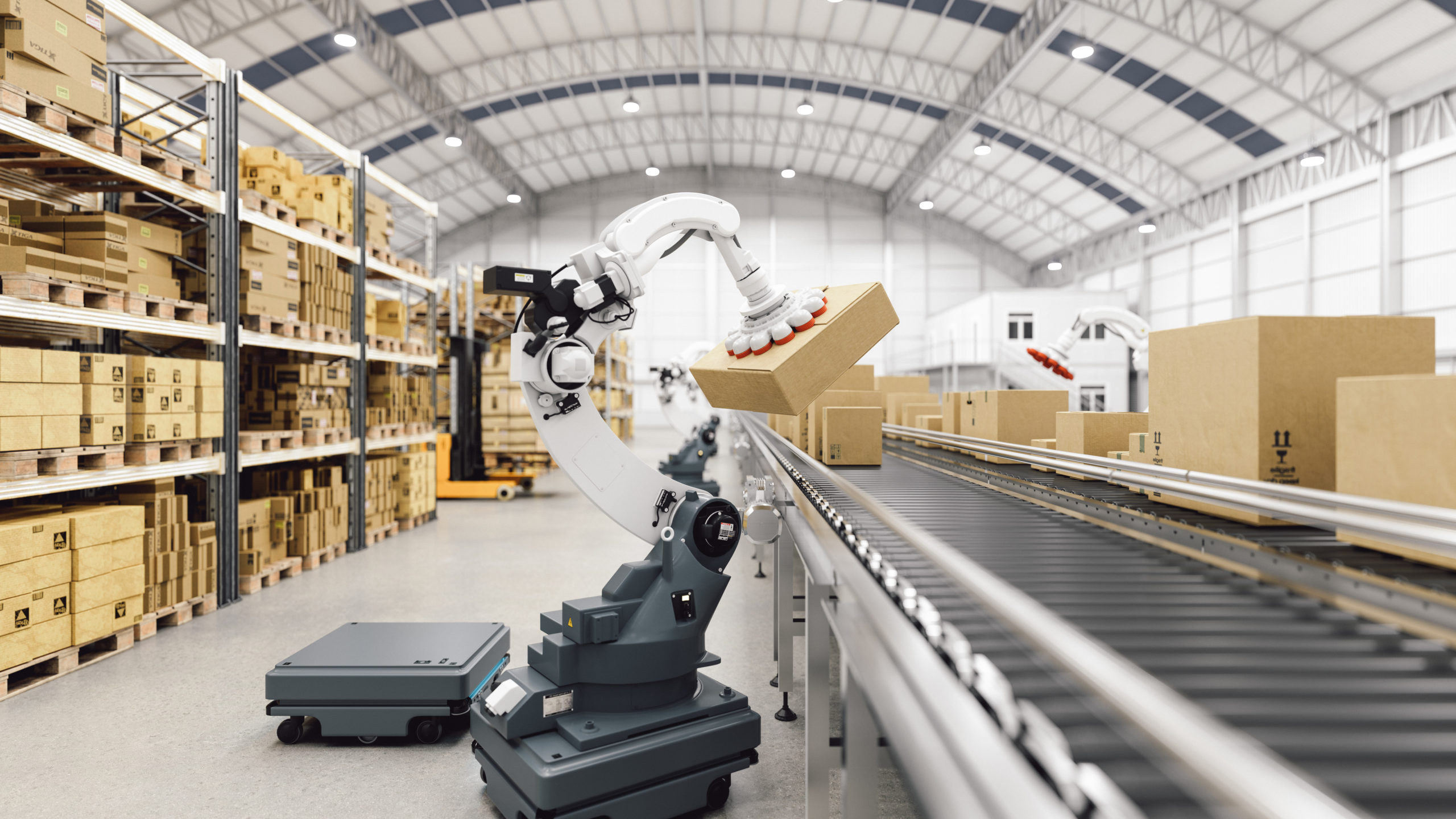Ever since the pandemic, there’s been an increase in demand for warehousing around the world. That was especially the case in 2020 when the outbreak was gathering steam. Back then, according to The Economist, Europe leased around 16% more logistics space, while the United States of America (USA) leased 21% and Asia leased 32%.
It was all done in response to the surge in e-commerce. As the pandemic soared, people pivoted to buying their necessities and more online. By mid-2020, this sent the USA’s online retail sales to a high of 15.7%.
While the demand now has lessened somewhat, it still remains just above 12%.
And with industries all over still dealing with shortages, companies are trying to stockpile more and more of their goods and raw materials. Because of that, they are also increasing their warehouse space. That has led to a shortage in warehousing.
It’s a dilemma if you’re looking into getting warehousing space of your own. After all, your options are limited.
However, once you do find your space or a warehouse that you can repurpose, this just makes it even more critical that you ensure it’s effectively designed for your business. And to do that, here are four key warehouse optimization tips that you should consider.
Tip 1: Concrete Is a Popular Warehouse Material for a Reason
So, you are on your way to owning some warehouse space. Whether you’re constructing a completely new warehouse or working with an existing one, it’s now time to consider the building blocks of its design. This consideration is crucial for your business because you want to ensure your warehouse remains in good condition for years to come without a high maintenance and repair price attached to it.
With that in mind, if you’re new to construction, you might feel tempted to look at other materials, but concrete is your best choice, especially in terms of flooring. It’s the most popular building material in the world and the second most-consumed material in general. And there’s a good reason for that. With concrete, you get many warehouse optimization advantages, including the following.
With It, Your Structure Will Be Durable, Low-Maintenance, and Affordable
Sounds too good to be true, right? Well, it might seem that way until you consider historic structures like the Pantheon. Made centuries ago in Rome, this massive concrete building still stands today. Even with the onslaught of weather events throughout the years, it hasn’t worn away. Instead, it acts as a church and major tourist destination. Concrete has kept that building standing.
It’s true that our modern-day concrete is not quite the same as the kind that kept up the Pantheon. Still, it remains a good example as today’s concrete has a life expectancy that can go up to and even over 100 years. That would keep your warehouse standing for more than a person’s lifetime!
It’s all thanks to the durability of concrete. Innately capable of resisting severe weather, rot, insects, and fire, concrete is considered to be a highly durable material.
That’s what makes it a popular material. It’s also why concrete is a bit more low-maintenance. Fewer things affect its structural integrity compared to materials like wood, so there’s a reduction in how often you’ll need to maintain a concrete floor or structure, leaving you with fewer costs to deal with in the process.
During Construction, You’ll Also Find an Appeal to the Versatility and Look of the Material
These last two benefits may not be as high on your list of priorities. But they should still be considered as significant advantages for warehouse optimization.
For one, not all building materials are highly versatile. Concrete is a material that you can mold into almost any shape on-site or in a factory. And that’s hard, if not, impossible, to replicate with any other material. For instance, plastics, iron, steel, glass, and clay must be produced in a factory or foundry. You might get a little closer with wood as it can be prefabricated or cut and carved on-site. However, it is not something you can mold into a desired shape so easily.
Meanwhile, because concrete is so moldable, builders have much more flexibility when constructing a warehouse on-site. They have more control over the warehouse concrete’s consistency, flow, setting times, and hardening properties.
On top of that, there are many ways to customize the appearance of concrete. You can give it different textures, patterns, and colors.
All of which make it easier for builders to meet your particular business design objectives.
Tip 2: Its Safety and Sustainability Can Easily Increase with Admixtures Too
Concrete is versatile in a lot of ways. For instance, it’s capable of developing additional qualities that can increase your business’ safety and sustainability.
The easiest way for that to happen is to have your construction team add admixtures to the concrete.
Now, there are many concrete admixtures out there on the market for your construction team to use. So what ones should they consider?
For One, Crystalline Waterproofing Admixtures Give Concrete a Sustainable Way to Make Warehouses Watertight
Due to how porous concrete can be, it’s easy for water to pass right through it. That might not seem like an issue at first, but once water passes through and reaches the reinforcing rebar inside, it can corrode that rebar. And while it’s doing that, it can also bring with it a number of waterborne contaminants that can cause additional damage.
Luckily, there’s a very easy way to resolve this risk to your building. You just need your construction team to use a crystalline waterproofing admixture like our Krystol Internal Membrane™ (KIM®).
When added to your warehouse’s concrete, it will allow your concrete to chemically react to water. So when water appears, the concrete will form interlocking crystals in response. These will fill up all the pores in the concrete, eliminating any room for water. That will essentially keep water out of your concrete.
What’s more, depending on your chosen crystalline admixture, this process can be done indefinitely, making your warehouse permanently waterproof.
And If You Don’t Want to Risk Early Deterioration, an Integral Hardening Admixture Is Worth a Look
Of course, water isn’t the only risk to concrete. You also have to think about the activity going on in your warehouse. For instance, if you’re expecting frequent heavy traffic, your warehouse concrete will likely wear down faster.
Concrete can withstand a lot, but without the right protection and with enough friction, it will eventually wear down.
That can lead to an uneven concrete floor, which increases the risk of your employees slipping, tripping, or falling. There’s even a high chance that forklifts will tip over, further reducing worksite safety and productivity.
You can counter all this easily by having your construction team use Hard-Cem®. As the only hardening admixture on the market, it has the unique ability to increase the hardness of your warehouse concrete’s paste. That doubles the abrasion and erosion resistance of the concrete, making it much harder to wear down.
That also significantly lowers maintenance fees you might have with concrete. So you won’t have to worry about resurfacing or replacing your warehouse concrete as often. And you can enjoy a long-lasting business structure while increasing your carbon emission savings by as much as 40% at the same time. It all works to keep your business space safe, cost-effective, and fully operational.
You Might Even Want to Combine Admixtures for Operational Sustainability
Depending on the surrounding environment and how your warehouse will operate, you may have to consider combining admixtures. After all, no one type of concrete is designed for every region’s climate.
That is especially important to keep in mind if you plan to build a warehouse in a region with freeze-thaw cycles and want more durable concrete.
During highly cold weather in such a region, any liquid that’s managed to get in through your concrete will eventually freeze. It will then expand, applying additional internal pressure to the concrete. Once the thaw stage hits, the frozen liquid will melt. That leaves room for even more water to come in, causing more damage for the next freeze-thaw cycle.
To prevent this freeze-thaw damage, you can have your construction team use an air-entraining admixture. Its application will give your concrete air voids that will leave enough space for freezing water to expand without damaging the concrete itself.
Still, this doesn’t significantly enhance the concrete’s durability against abrasive or erosive forces. For that, you’ll need to add something else to your concrete. That something else could be Hard-Cem. Compatible with other admixtures, Hard-Cem can work alongside an air-entraining admixture to give your concrete that boost to durability.
Now, what if you have a work process that requires the use of water and abrasive liquids like liquid nitrogen or salt water?
That previous combination won’t be so optimal for this situation. You’d be better off looking at a combination of KIM and Hard-Cem admixtures. In fact, a number of owners have already seen the benefits of this, including one who owned a seafood processing facility in Westport, Washington.
Why?
While not all admixtures will work together so well, KIM and Hard-Cem are compatible with each other. So you can have your team easily add the two together to the concrete to prevent water and abrasion damage.
These combinations and more can make or break just how sustainable your operations will be in the long run.
Tip 3: The Space of Your Warehouse and How You Use It Are Equally Important
No matter how durable and sustainable your warehouse is, it won’t be of much use to you if the space within it isn’t optimized. Without the right layout considerations, you could be looking at a warehouse with a congested space, longer loading and unloading times, and worse, dissatisfied and impatient clients.
There are a number of ways to mitigate these concerns. But you’ll want to start with the most crucial: your warehouse’s layout.
For an efficient warehousing process, you want to make sure the flow of your product is straightforward. That means looking into how you can divide your warehouse’s space in the following manner:
- Having one end of the warehouse meant solely for receiving products
- Keeping the middle of the warehouse for storage
- Ensuring the other end of the warehouse is reserved for just shipping products
With each section laid out in such an easy-to-follow way, you’ll find your employees will have an easier time carrying out the warehousing process and there’ll be less congestion.
For even less congestion, you’ll also want to make sure your warehouse is organized in a way that leaves enough room for any heavy equipment you want to use. So, for example, if you want to use carrying machines or forklifts, make sure they have enough room to maneuver around smoothly without bumping into employees or storage space.
Lastly, avoid any unnecessary empty storage space. Containers for products should be made to fit the product with little extra room. Otherwise, you could lose out on extra space. So instead of getting one-size-fits-all containers, get ones with a range of sizes.
Tip 4: Don’t Leave Automation Out of the Equation Either
Technology is always evolving to make tasks more efficient, and it’s no different for warehouse optimization. There is a wide variety of automation tools out there for you to take advantage of. Here are just a few:
- Automated vehicles — Whether you choose to get automated stackers, forklifts, or pallet jacks, they’ll maximize the efficiency of manual tasks and free up employees for more critical tasks.
- Robots for heavy-duty tasks — Similar to automated vehicles, there are robots available that can increase the efficiency of manual tasks for picking, packing, and heavy lifting.
- Inventory-counting drones — Certain types of drones can even make it possible for you to more accurately count your warehouse’s inventory.
- 3D-printing technology — If you have the resources for it, you can even get 3D printers. These can reduce lead times and transportation costs as you can supply custom parts on-site instead of importing them.
In short, automation can make the warehousing process more accurate and productive.
All of These Warehouse Optimization Tips Are Critical to Your Success
With these warehouse optimization tips, you’ll have a long-lasting warehouse that maximizes its space usage and leverages the benefits of automation. These are crucial benefits that ensure your business will be able to operate effectively for years to come.









